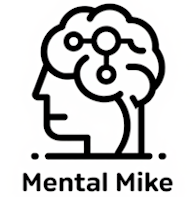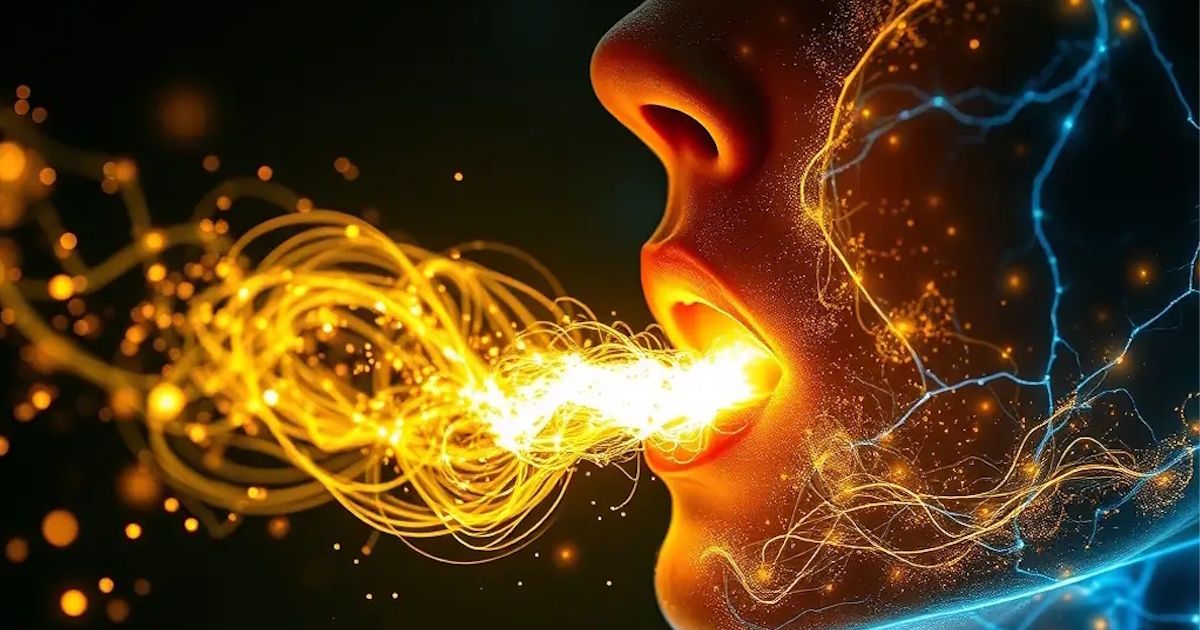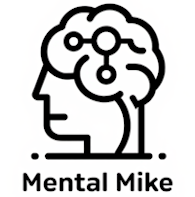Most people think of breath as merely a biological necessity - inhale, exhale, repeat. But beneath this mechanical rhythm lies a truth that science is only beginning to fully articulate: breath is bioelectric. In the Unified Flux Model (UFM), we understand the breath not just as a physiological function, but as a primary conductor of energetic coherence. Every inhale carries informational charge. Every exhale regulates neural firing. Every cycle modulates the energetic field we call the self.
In trauma recovery and addiction healing, the breath offers one of the most immediate, accessible, and powerful tools for restoring energetic balance. This article explores the science behind the breath’s bioelectrical function and offers evidence-informed practices you can use starting today to reset your nervous system, realign your field, and reconnect with your spiritual center.
The Bioelectric Nature of Breath
Let’s start with the basic biology. When you breathe in, oxygen enters the lungs and diffuses into the bloodstream. That oxygen doesn’t just feed tissues. It charges neurons, supporting the generation of electrical impulses through ion exchange at the cellular level. Your nervous system quite literally runs on charged particles—and the breath modulates how those particles move (Noble, 2020).
The vagus nerve, the longest cranial nerve in the body, interfaces with the heart, lungs, and gut. It plays a key role in the parasympathetic nervous system - your ability to rest, digest, and feel safe. Breathwork activates the vagus nerve and increases heart rate variability (HRV), which is one of the most reliable biomarkers for emotional regulation and stress resilience (Porges, 2011).
From a UFM perspective, this means that each conscious breath is an opportunity to:
- Regulate electrical flow in the nervous system
- Harmonize incoherent emotional or mental states
- Reconnect fragmented energy systems caused by trauma or addiction
- Generate inner stillness where insight and healing can emerge
- Breathing isn’t just calming, it’s circuitry control.
Trauma, Breath Disruption, and Energetic Disconnection
Trauma disrupts breath. Anyone who has experienced fear, abuse, or chronic stress knows what it’s like to hold the breath, to breathe shallowly, or to lose the rhythm of natural respiration altogether. This is not incidental, it’s protective. The body braces. The diaphragm constricts. The nervous system short-circuits from survival mode. And in that contraction, energy stops circulating. The bioelectrical field becomes erratic, disorganized.
Addiction often begins here: when the system is overwhelmed and breath becomes too unsafe to enter fully, the body looks for external regulators - substances, behaviors, control mechanisms. But none of them offer the deep bioelectrical reset the breath was designed to provide.
Relearning Breath as Spiritual Coherence
Healing begins when breath is reclaimed - not just as oxygen, but as electricity, awareness, and spiritual alchemy. In nearly every sacred tradition - Hinduism (prana), Christianity (the breath of the Holy Spirit), Islam (nafas), Judaism (neshama), Buddhism (anapanasati), and Native spiritual practices - the breath is recognized as the meeting point between body and spirit. The Unified Flux Model builds upon this lineage with a scientifically-informed, energetically-attuned model of breathing as a tool of quantum coherence.
In UFM, we define coherent breath as:
- Slow (5–7 breaths per minute)
- Rhythmic (equal inhale/exhale or slightly longer exhale)
- Deep (engaging diaphragm, not just chest)
- Intentioned (focused awareness of energy, not just air)
This type of breathing resets not only physiology—it reorients identity. It teaches the body and mind that safety is possible again.
Bioelectric Breathing Techniques You Can Try Today
These techniques are grounded in neuroscience, trauma-informed practice, and spiritual tradition. They are designed not to control the breath, but to reintroduce relationship with the breath, and through it, with the self.
1. Coherence Breath (Heart-Brain Synchrony)
Inhale for 5 seconds
- Exhale for 5 seconds
- Repeat for 3–5 minutes
- Focus attention on the heart as you breathe
What it does: This breathing pattern has been shown to synchronize heart rate with brain waves, improve vagal tone, and elevate mood (McCraty et al., 2009).
UFM Insight: Coherence breath stabilizes the electromagnetic field between the heart and brain, reducing energetic fragmentation and improving intuitive clarity.
2. Triangle Breath (Energetic Reset Pattern)
- Inhale for 4 counts
- Hold for 4 counts
- Exhale for 4 counts
- Rest for 4 counts
- Repeat 4–8 cycles
What it does: Known to reduce stress and increase parasympathetic dominance, this technique regulates electrical oscillations in the central nervous system (Saoji et al., 2019).
UFM Insight: Triangle breath reestablishes sacred geometrical harmony in the energy field, restoring balance and grounding.
3. Breath of Embodiment (Trauma Re-entry)
- Sit with one hand on your heart, the other on your belly
- Breathe into the belly and feel the rise
- Exhale through the mouth with a gentle sigh
- Imagine energy flowing from head to pelvis as you breathe
What it does: This somatic breath method reactivates felt presence in dissociated or numb bodies and supports trauma reintegration (Levine, 2010).
UFM Insight: The breath reintroduces consciousness to regions of the body that have been “offline” due to past pain. This is energetic reunification.
The Spiritual Potential of Breath in Recovery
When people in recovery begin to work with breath consciously, something profound often happens: they feel themselves return. Not just to the present moment, but to a sense of belonging to existence. The breath becomes more than a tool. It becomes a witness, a sacred partner in reweaving what was once torn.
Clients in our UFM pilot study described breathwork sessions as:
- “The first time I felt peace in years.”
- “Like plugging back into myself.”
- “My relapse triggers don’t hit the same after I breathe.”
This is not placebo. This is bioelectric reset. When breath slows, voltage stabilizes. When voltage stabilizes, consciousness expands. And from there, transformation is possible.
Final Words: Breathing Isn’t Optional—But Coherence Is
You’re already breathing. But are you doing it with presence? Are you letting the breath rewire you, or are you overriding it with fear, tension, or habit? The next time your mind races, or your cravings rise, or your story begins to spiral - pause.
Breathe.
That simple, sacred act is not weakness. It’s wisdom. It’s voltage regulation. It’s trauma interruption. It’s you, returning to your rightful energetic frequency.
You are not broken. You are being rewired—one breath at a time.
References
Levine, P. A. (2010). In an unspoken voice: How the body releases trauma and restores goodness. North Atlantic Books.
McCraty, R., Atkinson, M., Tomasino, D., & Bradley, R. T. (2009). The coherent heart: Heart-brain interactions, psychophysiological coherence, and the emergence of system-wide order. Integral Review, 5(2), 10–115.
Noble, D. (2020). Dance to the tune of life: Biological relativity. Cambridge University Press.
Porges, S. W. (2011). The polyvagal theory: Neurophysiological foundations of emotions, attachment, communication, and self-regulation. W. W. Norton & Company.
Saoji, A. A., Raghavendra, B. R., & Manjunath, N. K. (2019). Effects of yogic breath regulation: A narrative review of scientific evidence. Journal of Ayurveda and Integrative Medicine, 10(1), 50–58. https://doi.org/10.1016/j.jaim.2017.07.008



